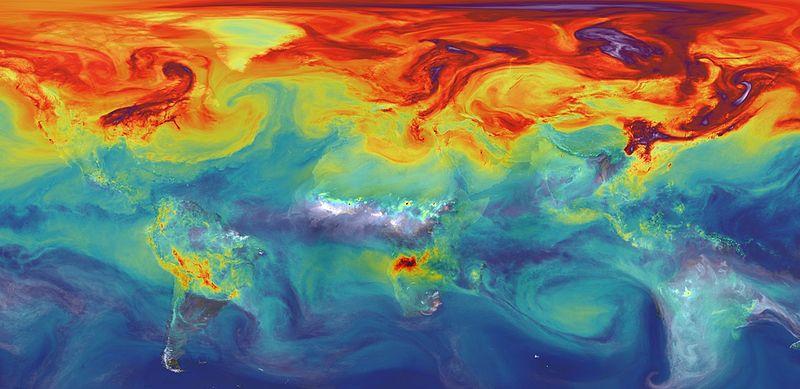New Zealand’s greenhouse gas emissions rose by 2.2 per cent in 2017.
According to the annual Greenhouse Gas Inventory, emissions increased by 23.1 per cent between 1990 and 2017. This increase was largely driven by increases in road transport emission and fossil fuel-generated electricity production.
Key findings were:
- New Zealand’s gross greenhouse gas emissions in 2017 were 80.9 million tonnes of carbon dioxide equivalent (Mt CO2-e). Compared to 1990, this is a 23.1 per cent increase in emissions.
- Between 2016 and 2017, gross emissions increased by 2.2 per cent. This was mainly from an increase in emissions from road transport and fossil fuel generated electricity production.
- The agriculture and energy sectors were the two sectors with the largest contributions to New Zealand’s gross emissions, at 48.1 per cent and 40.7 per cent respectively (see graph below).
- The Land Use, Land-Use Change and Forestry (LULUCF) sector offset nearly one third of New Zealand’s gross emissions (see graph below).
- New Zealand’s net emissions increased by 64.9 per cent compared with 1990 due to the:
- underlying increase in gross emissions
- increased volume of timber harvested from New Zealand’s plantation forest estate in 2017
- In 2017 Tokelau was included as part of New Zealand’s emissions profile for the first time. The emissions contribution from Tokelau on the New Zealand’s gross emissions profile was minimal (0.004 per cent).
The Science Media Centre asked experts to comment on the latest inventory.
It has published this response:
Robert McLachlan, Distinguished Professor, Massey University and New Zealand Centre for Planetary Ecology, comments:
“New Zealand’s greenhouse gas emissions rose 2.2% in 2017 and are now just a whisker below their record high in 2013. A far cry from what is needed: limiting warming to 1.5ºC requires cuts in emissions of around 6% per year, with burning of fossil fuels halving by 2030.
“Alas, the forces that contribute to rising emissions are still in place, and although consumers and businesses are starting to look at plans to lower emissions, they will take time to have an impact. As James Shaw commented recently, emissions are not likely to start falling significantly until the mid-2020s.
“The vehicle fleet grew by 180,000 in 2017, and the total distance travelled, after being flat for several years, was up sharply too. Fuel efficiency of the fleet is hardly improving. Altogether, transport emissions rose by 930,000 tonnes of CO2 – a 6% jump in a single year. This trend continues – although final emissions figures are not yet in, the fleet grew by another 140,000 vehicles in 2018. The measures that would cut emissions, and that are well underway in most developed nations – a feebate scheme, fuel efficiency standards, and rapid electrification of the national bus fleet – are still missing in New Zealand.
“Electricity emissions were up 580,000 tonnes, although they are still less than half what they were at their peak in 2005. Emissions likely fell in 2018, which was a better year for renewables, and should continue to trend down as more wind power is built. Mercury’s recent decision to build the Turitea wind farm should cut emissions by several hundred thousand tonnes a year and must have raised questions about the viability of gas power plants that are consented but not yet built.
“Forestry sinks were down 870,000 tonnes: more trees were cut down than were planted. This situation is likely still in place, although it will be reversed when the billion tree programme kicks in.
“Perhaps the most staggering sector is international aviation. These figures are reported, but are not part of our national targets. Emissions rose 362,000 tonnes, or 11%, in a single year, and are now up 178% on 1990 levels.”
No conflict of interest.
Source: Science Media Centre












